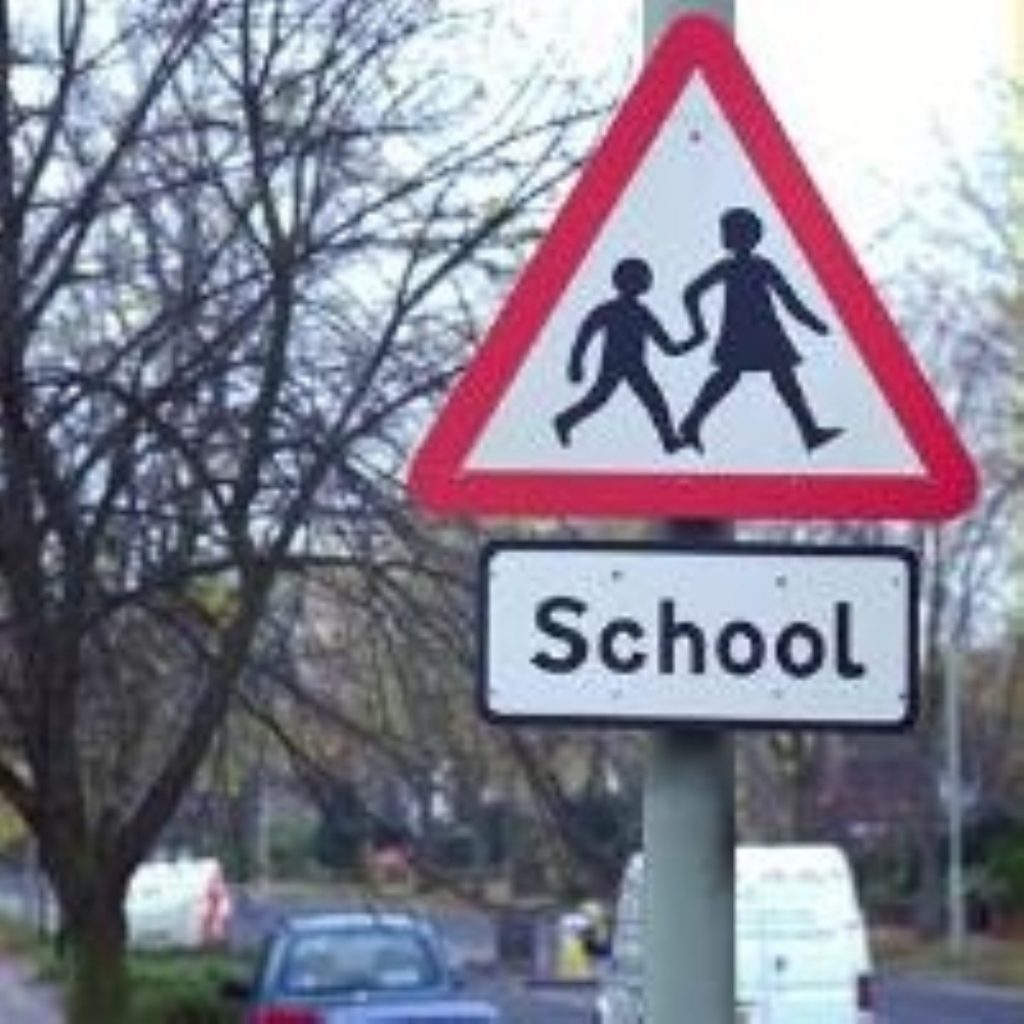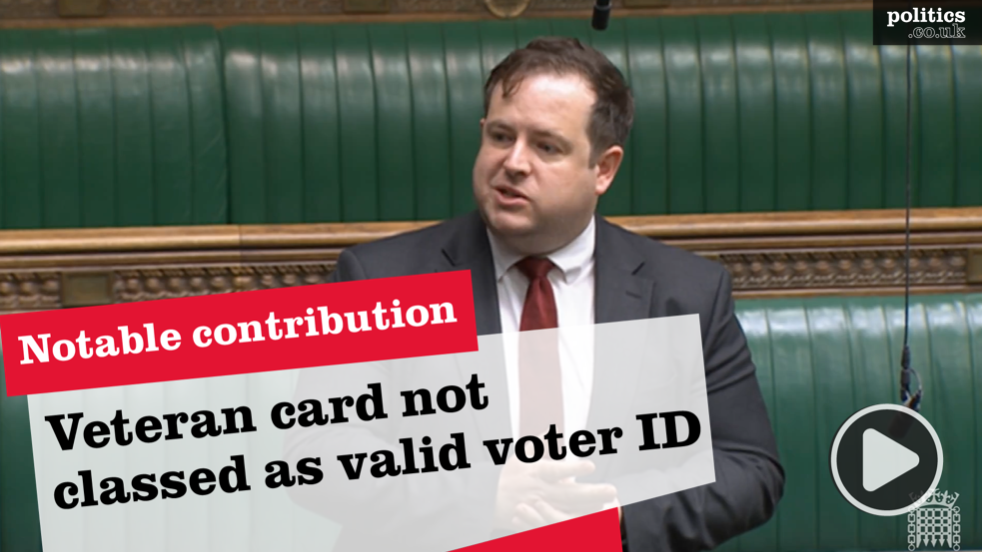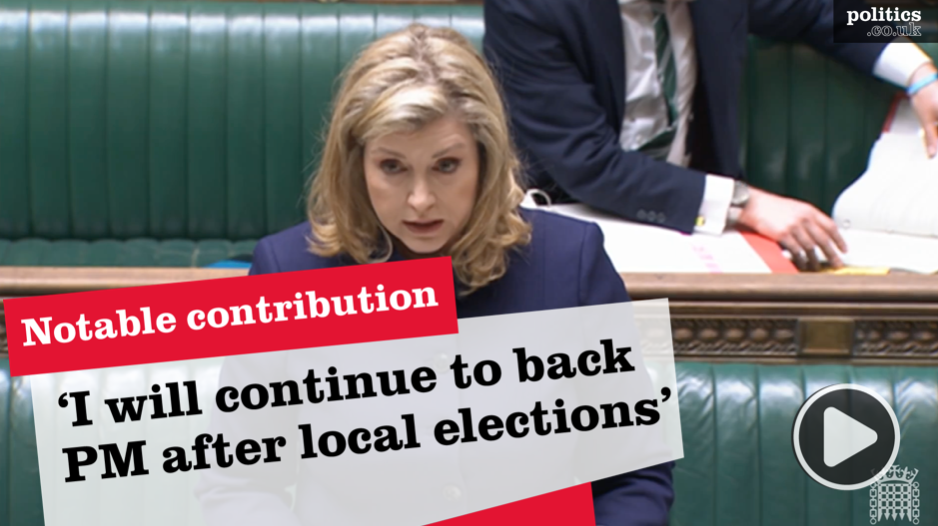Seasonal row as school league tables published
The GCSE and Equivalent Attainment league tables have been published on Thursday to a predictable row on their use and quality.
The headline figures are of a slight improvement on last year with 53.7 per cent of pupils gained five A*-C grades at GCSE or equivalent, compared with 52.9 per cent the previous year. This is short of the Government’s target of a two per cent annual increase.
For the first time, the tables contain a complete national measurement of how much a school improves the ability of its pupils – a measure known as “value-added”.
Below the headline figures, a number of interesting trends are revealed. Four state schools topped the GCSE results, but grammar and independent schools dominated the A-Level tables. In the value-added results, independent schools led the way, followed by grammars and then comprehensives.


Of the Government’s flagship academies programme, five of the 11 academies measured failed to improve in the league tables. This led the general secretary of the National Union of Teachers (NUT) Steve Sinnott to call for a review of the programme.
However, the most controversial aspect of the tables has been the decision to include vocational qualifications. The Independent Schools Councils has drawn attention to qualifications such as cake decorating being included – which it claims makes the tables a mockery.
But others have defended the use of vocational qualifications and accused detractors of old fashioned snobbery.
School Standards Minister Stephen Twigg said that many of the schools showing the most improvement were in historically deprived areas such as the inner cities.
He said: “These figures show that the fastest improvement is being made in areas of significant deprivation and historically low achievement. Through our work in Excellence in Cities and London Challenge we are supporting the hard work of pupils and teachers in these areas.
“I am particularly pleased to see a significant rise again this year in the number of schools with at least 20 per cent achieving at least five good GCSEs. There are now only 71 schools below the 20 per cent floor target compared with 112 in 2003 and 361 in 1997.”











